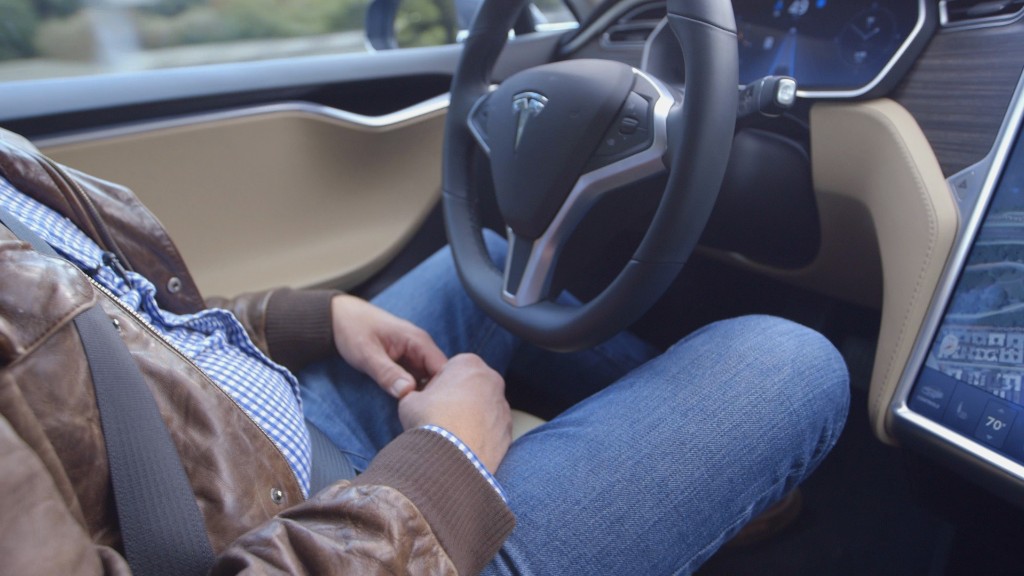
It was bound to happen. Someday, someone would be the first to die in a computer-driven vehicle. Joshua Brown died in a horrific crash on a Florida road while, apparently, relying on his Tesla's Autopilot system.
The Autopilot system, which uses sensors and cameras to detect potential obstacles in the road ahead, didn't see a truck turning left in front of Brown's car, and never applied the brakes, according to Tesla's (TSLA) own blog post on the incident.
Does this failure mean we shouldn't trust autonomous cars?
Not so fast -- in the U.S. alone, roughly 90 people die in car crashes involving human drivers every day.
While autonomous vehicle technology isn't perfect, and may never be, most experts agree that it has the potential to be far, far safer than human drivers.
Autonomous-driving technology has already been credited with saving lives. Most notably, safety regulators and major automakers have agreed to make automatic braking -- which detects when a vehicle ahead stops and automatically applies the brakes if the driver doesn't -- standard equipment on all new cars.
Statistics show that this technology can prevent dangerous crashes that, in 2012, caused 1,700 deaths and half-a-million injuries in the U.S. Of course, no one claims it can prevent every crash.
When sensor technologies like this are combined with others, something emerges that's very much like autonomous driving.
For instance, many cars today also have lane-keeping assistance features. This technology uses cameras to detect lane lines on the road. Tiny electric motors attached to the car's steering mechanisms move the car back to the center of the lane when it veers. Some of these systems work better than others and, in my experience, none of them work well when lane lines are hard to see or aren't there at all.

When combined with so-called "active cruise control," systems that use cameras, radar and other sensors to detect vehicles on the road ahead and maintain a safe following distance, a driver could, theoretically, drive on a highway without actively steering or touching the gas or brake pedals.
Volvo promises death-proof cars by 2020
Mercedes-Benz (DDAIF) and Infiniti (NSANY), among others, offer systems like this in their cars today. One key aspect of their systems, though, is that the driver must keep hands on the steering wheel at all times. If I were to take my hands away for even a few seconds, the car would remind me to grab the wheel again. Otherwise, the system would quit and I'd have to take full control.
These systems have become very sophisticated and work well on highways, even in stop-and-go traffic. But they aren't designed to handle city streets or complex intersections.
Many automakers and technology companies are trying to make autonomous cars work well in cities. BMW recently announced that it will have city-capable autonomous cars by 2021.
The highway where Brown died was particularly problematic, because it allows left turns across traffic without traffic lights. That combines the hazards of both cities and highways. Situations like this are a challenge for human drivers as well as the engineers that design autonomous cars.

